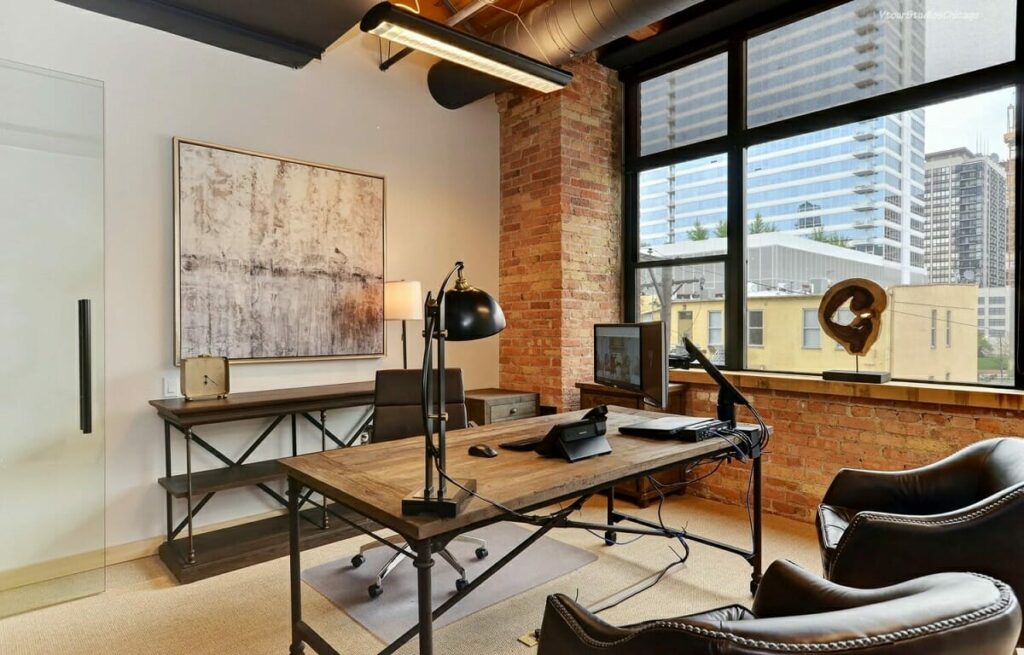
From Concept to Reality: Designing a Comfortable Corporate Office
Creating a comfortable and productive work environment is crucial for any corporate office. An office space that is well-designed and thoughtfully laid out can significantly impact the well-being and productivity of its employees. The journey from conceptualizing an office design to bringing it to reality involves careful planning, attention to detail, and consideration of various factors.
A Vision and Purpose
The first step in designing a corporate office is to establish a clear vision and purpose. The office design should align with the company’s values and objectives. It is important to consider the type of work that will be conducted in the space and the needs of the employees. Understanding the company’s culture and work processes is essential for creating a space that supports collaboration, creativity, and productivity.
Space Planning
Once the vision is established, space planning becomes crucial. Analyzing the available space and determining the optimal layout is essential for a comfortable office. Factors such as the number of employees, departmental needs, and workflow patterns should be considered. An efficient layout minimizes unnecessary movement and promotes smooth communication and interaction among employees. It is important to allocate spaces for different functions, such as workstations, meeting rooms, collaborative areas, and breakout zones.
Comfortable Furnishings
Comfortable office furniture is a key component of a well-designed office. Ergonomic chairs, adjustable desks, and supportive accessories are essential for promoting good posture and reducing the risk of musculoskeletal issues. A variety of workstations should be provided, including standing desks and quiet areas for focused work. Additionally, comfortable seating options in communal areas encourage informal collaboration and social interaction among employees.
Lighting Options
Lighting plays a crucial role in creating a comfortable and productive workspace. Natural light is highly beneficial, as it improves mood, reduces eye strain, and enhances productivity. Therefore, incorporating large windows and skylights in the office design is important. In areas with limited natural light, the use of artificial lighting should be carefully considered. A combination of ambient, task, and accent lighting can create a well-lit and visually appealing environment.
Color Choices
Aesthetics and color schemes also contribute to the overall comfort and ambiance of a corporate office. Colors have psychological effects on individuals, so it is important to choose a color palette that promotes a positive and productive atmosphere. Neutral tones with pops of vibrant colors can create a balanced and energizing environment. Artwork and decorative elements should be incorporated to enhance the aesthetics and reflect the company’s branding or values.
Acoustics in the Workplace
An often overlooked aspect of office design is acoustics. Excessive noise can be a major distraction and hinder productivity. Therefore, careful consideration should be given to soundproofing measures, such as using acoustic panels, carpets, and sound-absorbing materials. Designing separate spaces for different activities, such as quiet rooms and meeting rooms with soundproofing, allows employees to focus and collaborate without disturbances.
Employee Well-Being
Creating spaces that prioritize employee well-being is essential for a comfortable office. Designing areas for relaxation, such as lounges, wellness rooms, and outdoor spaces, promotes mental and physical health. Incorporating plants and greenery improves air quality and adds a touch of nature to the office. Additionally, providing amenities such as a well-equipped pantry and clean restroom facilities contributes to employee comfort and satisfaction.
Designing a comfortable corporate office involves careful planning, attention to detail, and consideration of various factors. Each element contributes to creating a comfortable and productive workspace. By creating a harmonious and inspiring environment, companies foster employee satisfaction, enhance productivity, and ultimately achieve their business goals.
With a solid foundation in technology, backed by a BIT degree, Lucas Noah has carved a niche for himself in the world of content creation and digital storytelling. Currently lending his expertise to Creative Outrank LLC and Oceana Express LLC, Lucas has become a... Read more